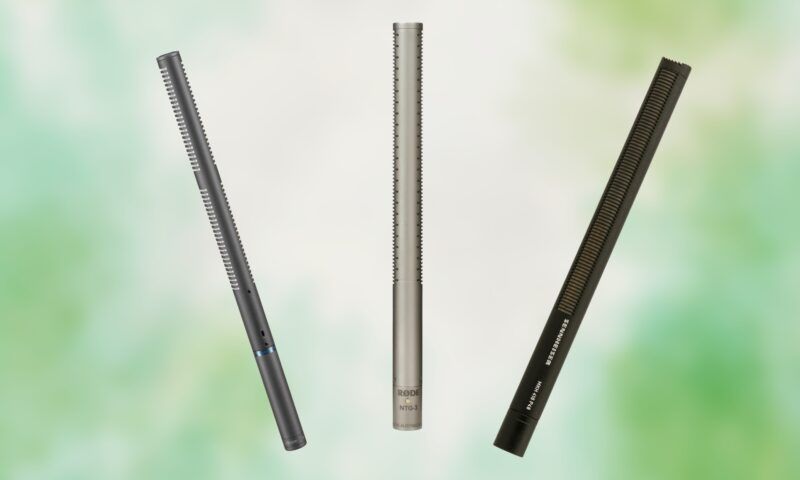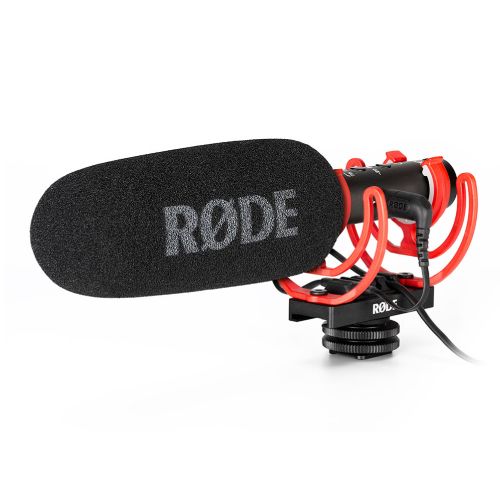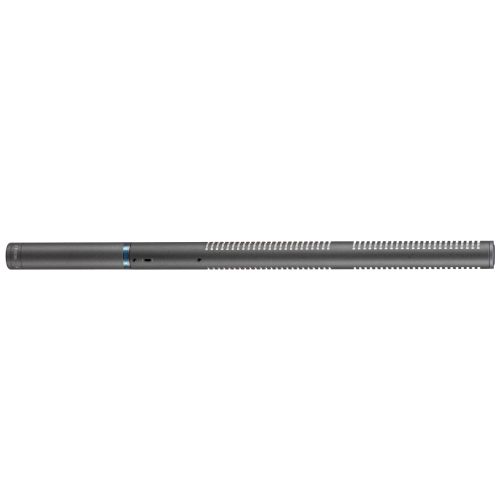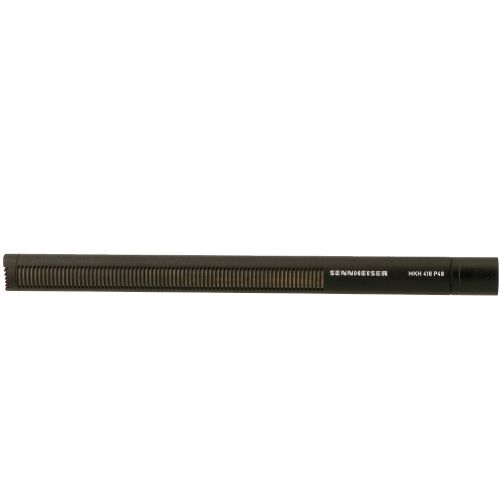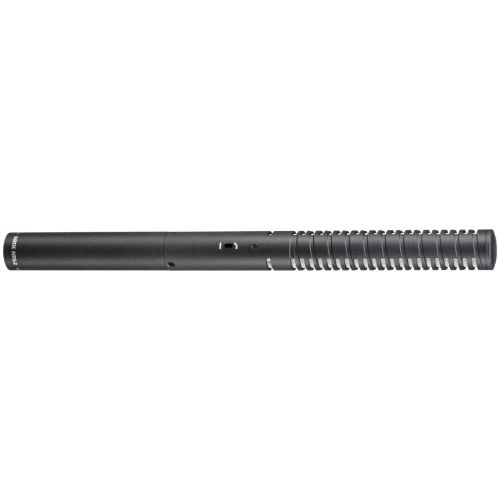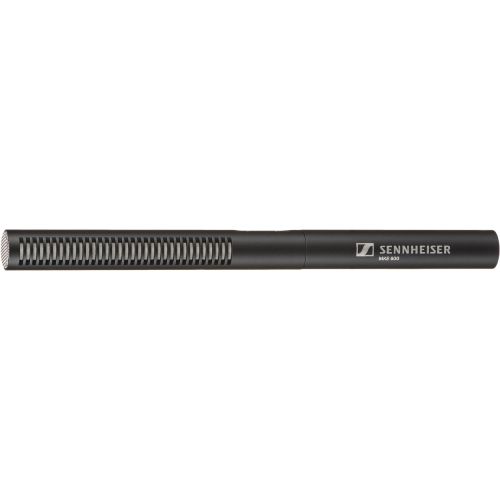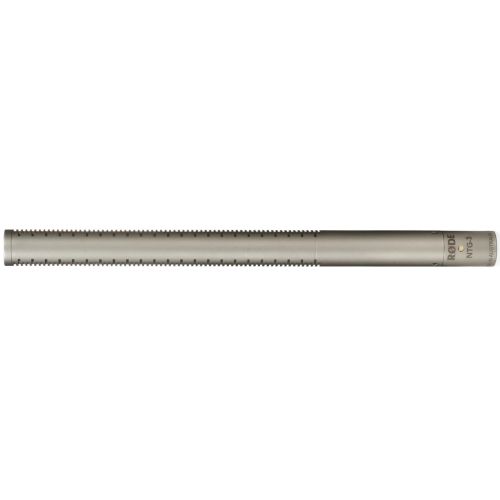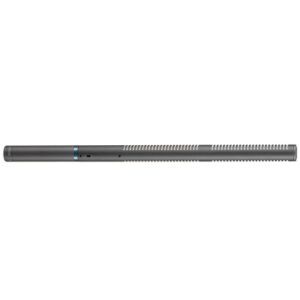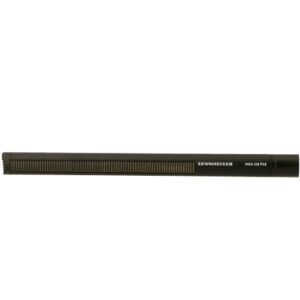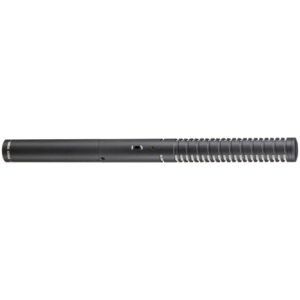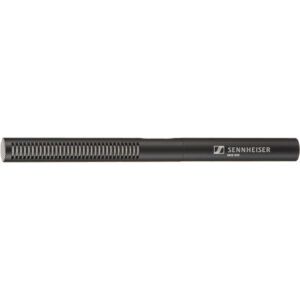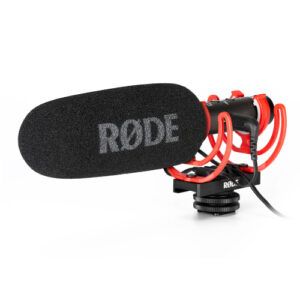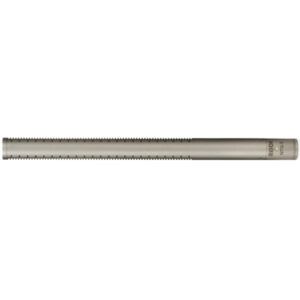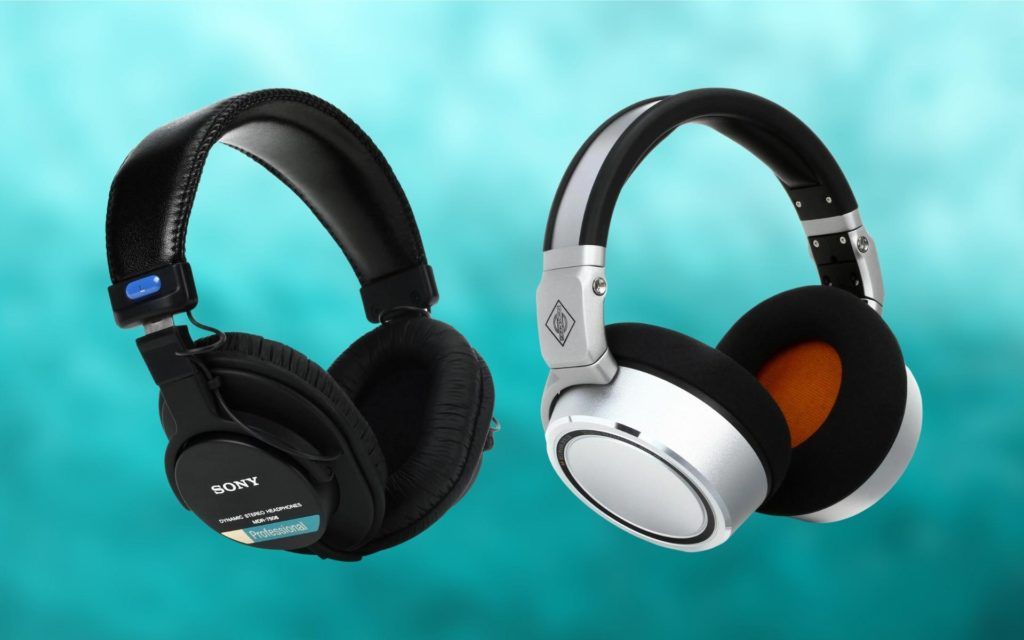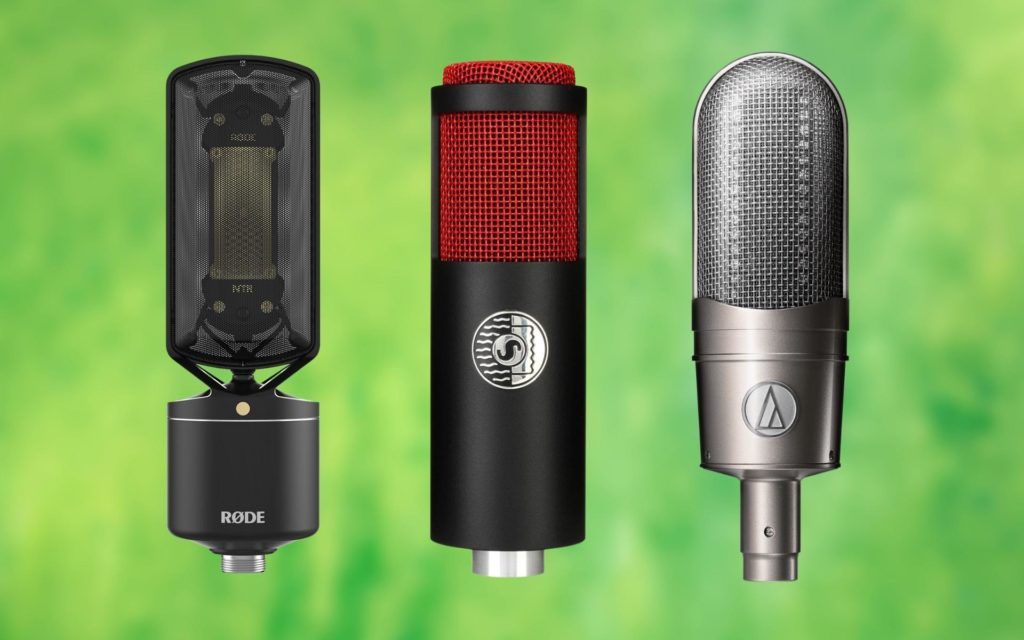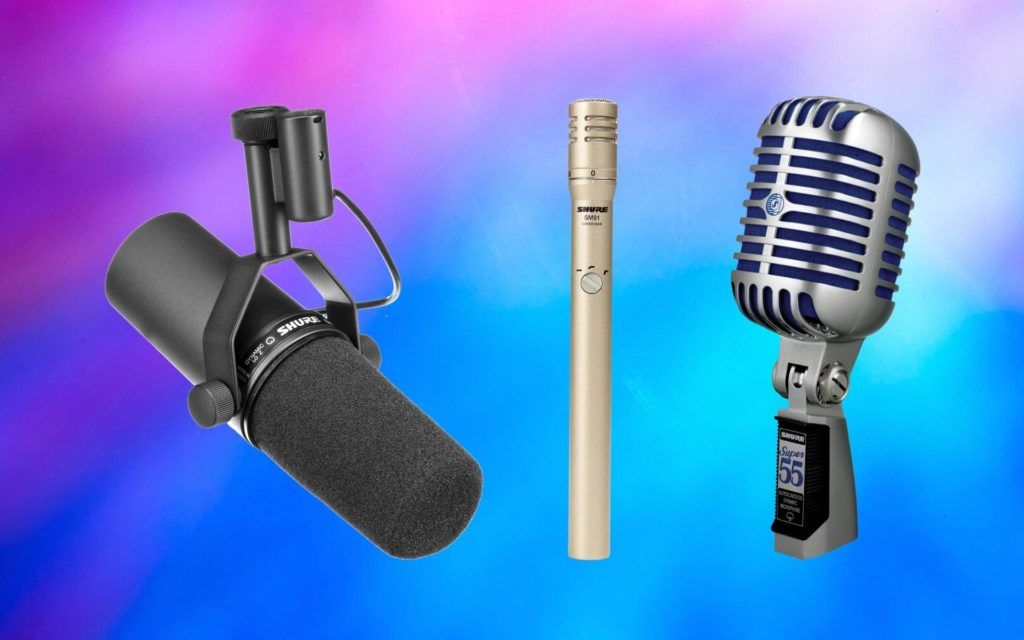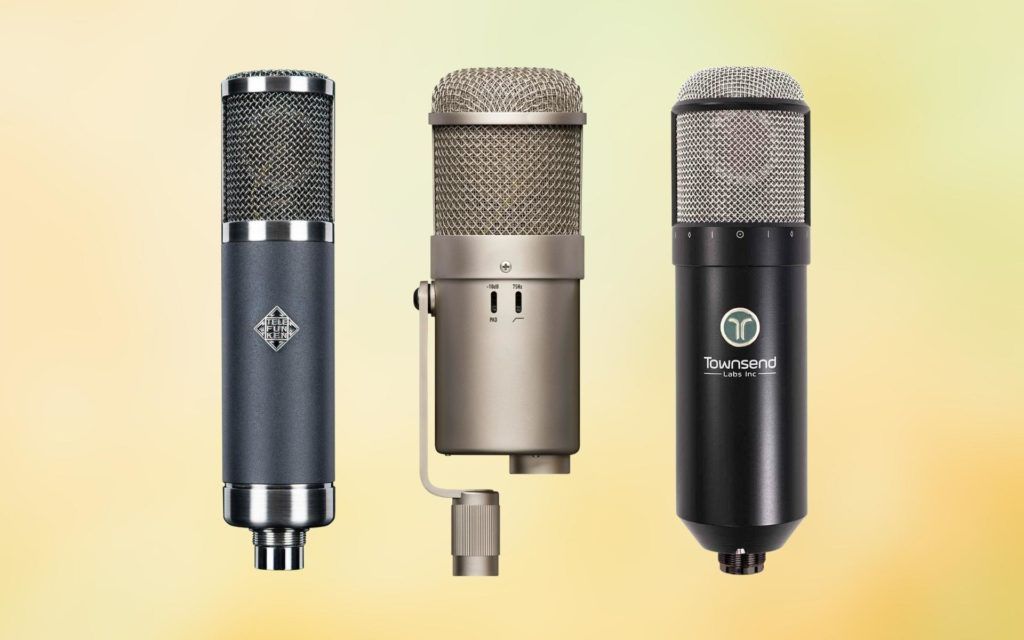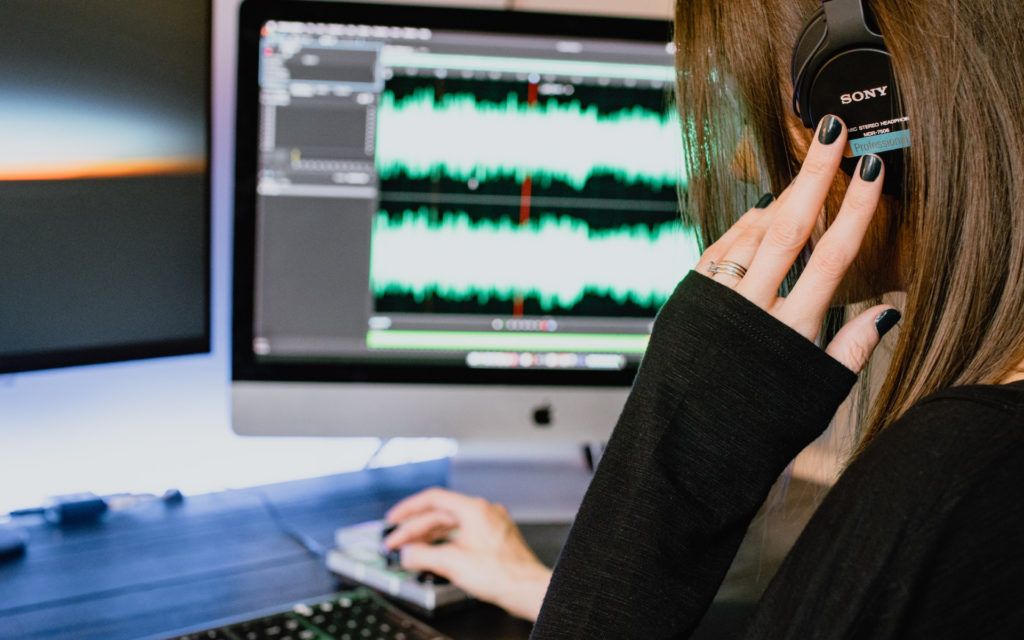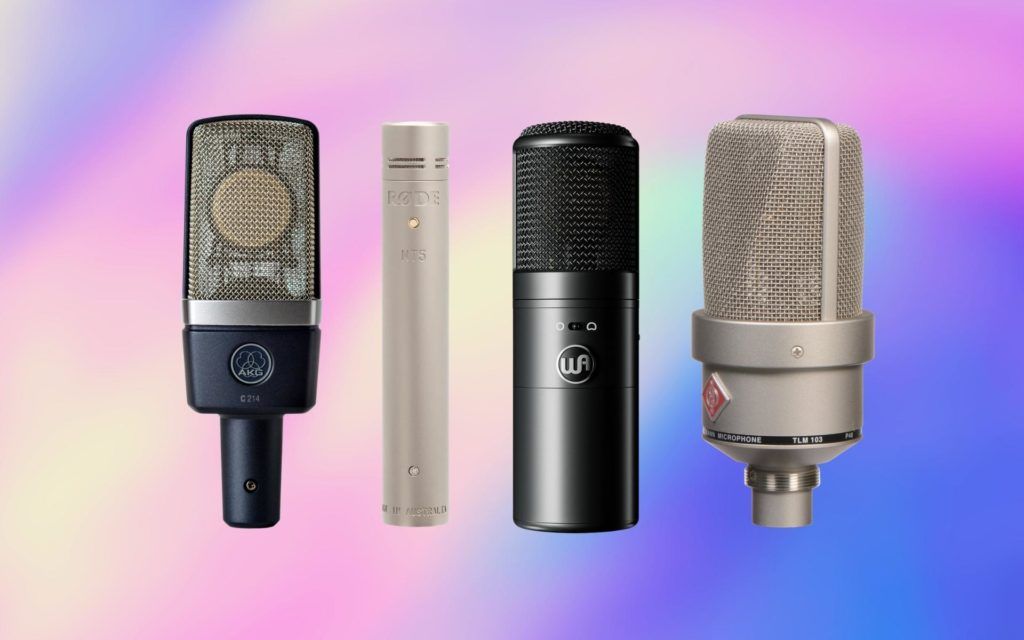We review products independently and our recommendations are genuine. If you purchase through links on our site, we may earn an affiliate commission. Learn More
Shotgun microphones are renowned for their excellent directionality, which is a byproduct of their narrow pickup pattern.
These microphones come in both condenser and dynamic varieties and are characterized by their long, tube-like design.
Some microphones are best suited to one specific application, but shotgun microphones are useful in a wide range of scenarios. They’re great for interviews, podcasts, broadcasting, or recording musical instruments in the studio.
In this guide, we’ll present the best shotgun microphones available, highlighting options that are suitable for all budgets and requirements.
In a Rush Roundup
How we tested:
To identify the best shotgun mics, we ran them through a series of tests. This included assessing the frequency response, max SPL handling, and sensitivity of the microphones.
We then experimented with recording a variety of sounds with the microphones, such as vocals, instruments, and other everyday sounds to analyze their clarity. Finally, we tested the mics based on their build quality and potential for longevity.
Best Shotgun Mic Reviews
Audio-Technica AT8035 Shotgun Condenser Microphone
Audio-Technica AT8035 Shotgun Condenser Microphone Review
Affordable and reliable, the AT8035 is a great choice for any content creator looking for professional-quality audio recordings. At over 14 inches in length, this shotgun mic can reach a sound source from a considerable distance.
Sonically, the most impressive thing about the AT8035 by Audio-Technica is its ability to block out sounds coming from the back and sides of the capsule. For interviews, this is invaluable, as it prevents unwanted noise from reducing the clarity of the speaker’s voice.
This shotgun condenser microphone is also versatile in terms of its mounting options. It is equally as effective when used as a hand-held mic, or you can mount it to a camera or boom stand depending on your preferences.
The line + gradient pickup pattern is a more intense version of the popular hypercardioid pattern. It hones in on the sounds that are in front of the mic with impressive focus and directionality.
You also get a windscreen with this microphone, which further reduces the background noise when recording.
Features:
- 40Hz – 20kHz frequency response
- 132 maximum SPL handling
- Line and gradient polar patterns
Pros
- Outstanding rejection of side and rear sounds
- Can be used with a boom stand or handheld
- Durable design
Cons
- Long design may not be practical for everyone’s needs
Sennheiser MKH 416 Shotgun Condenser Microphone
Sennheiser MKH 416 Shotgun Condenser Microphone Review
The MKH 416 is an embodiment of Sennheiser’s quality. It’s a highly durable mic that is designed to be used in a variety of settings, rather than being left in the corner of a recording studio.
One of the most interesting things about this shotgun mic is that it has two different polar patterns which are triggered by certain sound frequencies. When the mic records frequencies below 2kHz, a hyper-cardioid polar pattern is used.
Alternatively, for frequencies above the 2kHz mark, the microphone utilizes a lobar pattern, which is even more focused than hyper-cardioid. This mixture results in a tight, detailed sound.
Another standout aspect of the MKH 416 shotgun condenser is its ability to suppress feedback and eliminate noise issues. The last thing you need when conducting an interview or recording vocals is unwanted noise being present in the signal.
Included with this microphone is a windscreen for outdoor recording and a durable clamp that ensures that the microphone can be securely fixed to a stand of your choice.
Features:
- Shotgun RF condenser mic
- 40Hz – 20 kHz frequency response
- 130dB max SPL handling
Pros
- Perfect for interviews and filmmaking
- Two polar patterns for certain frequency ranges
- Rejects feedback
Cons
- 9.84 inches in length
Rode NTG-2 Multi-powered Shotgun Microphone
Rode NTG-2 Multi-powered Shotgun Microphone Review
The Rode NTG-2 is an affordable shotgun microphone that is built for convenience. Its lightweight design makes transportation a breeze, and it can be mounted to a camera or used with a boom pole.
With a supercardioid polar pattern, the Rode NTG-2 focuses directly on the sound source that is in front of the capsule. It can also handle up to 131dB of SPL, so there’s minimal chance of distortion occurring when recording.
Additionally, this mic produces hardly any self-noise, so you can guarantee that your recordings will be detailed and not marred by humming or buzzing.
Rode has generously included two useful accessories with the NGT-2. Firstly, you get a stand mount for securing it to a boom pole or camera, and secondly, you get a robust carry pouch to protect the mic when it is not being used.
Like all Rode-designed microphones, this shotgun condenser is built to last. Its durable metal construction ensures that it won’t be easily damaged no matter how often you use it.
Features:
- 20Hz – 20kHz frequency response
- 80Hz low-cut filter
- 131 max SPL handling
Pros
- Clean and clear recordings
- Highly focused directionality is ideal for spoken word
- Compact and conveniently designed
Cons
- Slightly lacking in sensitivity at long distances
Sennheiser MKE 600 Shotgun Condenser Microphone
Sennheiser MKE 600 Shotgun Condenser Microphone Review
Sennheiser is amongst the most prolific producers of shotgun microphones, and their devices are used by professionals worldwide. The MKE 600 is a highly capable condenser microphone that captures sound with impeccable quality.
When designing this shotgun microphone, Sennheiser tweaked the frequency response so that it highlights the prominent tones of the human voice. This, combined with the windscreen which can reduce unwanted sounds by 25dB, results in crystal clear vocal recordings.
The MKE 600 is also designed practically so that it can be used in a variety of ways. Whether you like to mount your microphone to a camera or use a boom stand to extend its reach, you can do both with this versatile mic.
Self-noise is often a problem with cheap shotgun microphones, but Sennheiser has ensured that it doesn’t tarnish your recordings when using the MKE 600.
The microphone can be powered using two methods. Firstly, you can use phantom power from an audio interface or mixer, and alternatively, you can install a single AA battery to enjoy up to 150 hours of recording time.
Features:
- 40Hz – 20kHz frequency response
- 100Hz low cut filter
- 132dB maximum SPL handling
Pros
- Easy to mount to a camera
- Prevents noise issues when recording outdoors
- Provides battery status indication
Cons
- Slightly shorter than some boom mics
Rode VideoMic NTG Camera-mount Shotgun Microphone
Rode VideoMic NTG Camera-mount Shotgun Microphone Review
As the name suggests, the VideoMic NTG was designed by Rode to be ideal for capturing audio while filming. It blends high-quality recordings with smooth functionality, to ensure a smooth experience on set.
Rode used their popular NTG5 shotgun microphone as the blueprint for this model. The acoustic design is identical to its predecessor, however, there are some key differences in the physical design of the microphone.
Scattered along the length of the shotgun mic are soundholes, which may seem like an unusual feature. However, this design causes the recorded audio to be more accurate, with minimal coloration.
Another useful feature of the NTG5 is its onboard highpass filter. This tool allows you to quickly block out any problematic low-end frequencies, which are common especially when recording outdoors.
It also comes with a rechargeable lithium battery, which when fully charged via USB provides you with over 30 hours of continuous use.
Features:
- 35Hz – 18kHz frequency response
- 120dB maximum SPL handling
- -10dB pad
Pros
- Easy to use with a camera setup
- Comes with a protective windshield
- Lightweight and compact design
Cons
- Only 6.73 inches long
Rode NTG-3 Shotgun Condenser Microphone
Rode NTG-3 Shotgun Condenser Microphone Review
The NTG-3 is one of Rode’s finest shotgun microphones, which is some accolade considering the sheer number of these mics they produce. Designed to be used in all conditions, this mic is as durable as they come.
The high sensitivity of this condenser microphone makes it possible to capture any sound source with exceptional precision and clarity, even if you’re standing quite far away.
RF interference can be a real issue when using shotgun mics. Rode has recognized this and designed the NTG-3 to reject these problematic sounds so that they don’t mess with your recordings.
Along with its excellent sonic capabilities, the Rode NTG-3 is also designed conveniently in terms of its physical attributes. At ten inches long, it’s the perfect size for transportation, and it’s also very light so it can be carried in a rucksack with no problems.
Rode has included a robust storage case and a carry bag with this shotgun microphone, and you also get a stand mount that is compatible with many types of stands. Finally, the included windshield will improve the clarity and focus of your recordings.
Features:
- 130dB maximum SPL handling
- 40Hz – 20kHz frequency response
- Supercardioid polar pattern
Pros
- Low self-noise and handling noise
- Great for broadcasting, filmmaking, and recording voiceovers
- Designed for outdoor use
Cons
- No low-frequency pad
Best Shotgun Mics Buyer's Guide
Renowned for their directionality and versatility, shotgun microphones are a great addition to your recording rig. These mics are unique in their ability to handle high SPLs and record in a focused way.
If you’ve shopped around for microphones in the past, you’ll be aware that there are many different things to consider. Shotgun mics all share the similar, distinctive physical design, but their sonic abilities vary dramatically.
The trusted big names of the microphone industry all produce high-end shotgun mics, but there are also some newly emerging brands that challenge them in terms of quality.
Here’s our breakdown of the most vital things that you should look out for when choosing a shotgun microphone to improve your recordings.
Things to consider when buying:
- Consider the max SPL: The maximum sound pressure level that a shotgun microphone can handle before distorting is an important thing to consider, especially if you intend to record loud sound sources, such as drums or amplified guitars.
- Think about connectivity: Some shotgun mics are designed specifically to be used with a camera and therefore come with the necessary inputs, outputs, and cables for interviewing, broadcasting, or podcasting on the move.
- Consider the length: One of the advantages that the shotgun mic design offers is its extended length. The longer the microphone is, the clearer your recordings will be when you’re distanced from a sound source.
- Consider the sensitivity: In general, condenser shotgun microphones are more sensitive than dynamic models. This means they require less preamplification to reach an optimal level, but they are also commonly less equipped to handle loud sound sources.
What Makes a Great Shotgun Mic?
When we discuss microphones, we usually split them into three categories. The two most common distinctions are whether the mic is a condenser or dynamic, and then there’s the rarer category of ribbon mics.
Shotgun microphones are a unique variety that can belong to either the condenser or dynamic microphone type.
These microphones are defined by their physical shape and design, which is thinner and has a long tube that stretches straight down from the front of the mic.
In the majority of cases, shotgun microphones are between 8 and 24 inches in length. This depends on the length of the internal tube.
The tube inside the shotgun microphone is fitted with several gaps or holes responsible for the phase cancellation of any sound frequencies that enter the capsule from the rear side.
This is what gives a shotgun microphone its incredibly focused directionality – so that sounds coming directly from the front and picked up clearly while all other sounds coming from other directions are canceled out.
Directionality and Polar Patterns
Shotgun microphones are a great choice for streaming, filmmaking, and recording music.
They are able to hone in on specific sounds in ways that other microphones cannot. This makes them ideal for interviewing someone in a noisy environment or isolating a specific musical instrument within an ensemble.
It’s important to think about the pickup pattern that will be most beneficial to the type of recordings that you intend to make with a shotgun microphone.
The most common varieties are:
- Super-cardioid
- Hyper-cardioid
- Ultra-cardioid
As you can see, the three polar patterns used for shotgun microphones are all variations on the most popular variety, cardioid.
Supercardioid is a narrower version of cardioid, which is most sensitive at the front of the capsule. This pickup pattern boasts good off-acis rejection to prevent spill from the back and sides.
The other two pickup pattern types are more extreme versions of super-cardioid. Hypercardioid is narrower, and ultra-cardioid is the most narrow of all the pickup patterns.
Hyper-caridoid and ultracaridoid are commonly used with boom poles so that they can be placed right in front of a sound source. If they are moves even slightly, they won’t pick up the sounds with the same intensity.
Getting the Best out of Your Shotgun Mic
Shotgun microphones are different from most other mics we use for capturing audio. These differences make them so effective for specific purposes, but they also mean we must know how to use them most effectively.
One common issue people face when using shotgun microphones is that they are very susceptible to picking up noise from the wind.
This can be particularly frustrating if you’re using a shotgun mic outdoors to record an interview with someone. The open-back design of the shotgun mic makes wind a real problem that can ruin your recordings.
Thankfully, you can use windshields that are specifically designed to combat this problem. It’s worth using a windshield even when there’s minimal wind, as this will help improve the sound quality of your recordings.
Shotgun Mics FAQs
Why is it Called a Shotgun Mic?
The name “shotgun mic” results from the physical design of these microphones. They have a long tube that is positioned just in front of the cartridge within the microphone, which is a design that is similar to that of a shotgun.
This tube is integral to the microphone’s performance, as it rejects any sounds from the back and sides through phase cancellation. The microphone can then continue to pick up sounds from the front of the capsule.
What’s the Difference Between Boom Mics and Shotgun Mics?
Particularly in the world of filmmaking and content creation, boom mics and shotgun mics are often categorized together. The key difference between the two is that a boom mic refers to any mic secured to the end of a boom stand, and a shotgun mic is a specific type of microphone.
A shotgun microphone can therefore be used as a boom mic, technically speaking. The boom pole is used to extend the reach of the microphone so that it can be positioned in front of the sound source for accurate recordings.
Do Shotgun Mics Need Phantom Power?
The majority of shotgun microphones are condensers, which means they do require external +48v phantom power to operate. However, shotgun microphones are also sometimes of dynamic variety, and these do not need phantom power.

